- Have any questions?
- +86-189 8930 5995
- sales@mosinterchem.com.cn
Daunorubicin hydrochloride CAS 23541-50-6

Irinotecan hydrochloride CAS 100286-90-6
19/12/2018
Vemurafenib (Plx4032, Rg7204) CAS 1029872-54-5
19/12/2018| Model: | MOS 23541-50-6 |
| Place of Origin: | Zhejiang,China (Mainland) |
| Brand: | MOSINTER |
| Name: | Daunorubicin hydrochloride |
| CAS: | 23541-50-6 |
| Molecular Weight: | 563.98 |
| Molecular Formula: | C27H30ClNO10 |
| Specification: | enterprise standard |
| Content: | >98% |
| Storage temp: | -20°C |
| MP: | 190°C (dec) |
| Alias: | rubidomycinhydrochloride |
Daunorubicin hydrochloride (CAS: 23541-50-6)
Safety Information
| Hazard Codes | Xn,Xi |
| Risk Statements | 22-40-42/43-36/37/38-20/21/22 |
| Safety Statements | 22-36/37-45-37/39-36-26 |
| RIDADR | UN 2811 6.1/PG 3 |
| WGK Germany | 3 |
| RTECS | HB7878000 |
| F | 3-10 |
| HazardClass | 6.1(b) |
| PackingGroup | III |
Daunorubicin hydrochloride Usage And Synthesis
| Chemical Properties | Dark Red Crystals |
| Usage | Antineoplastic;DNA intercaling |
| Usage | anti-neoplastic LD50 in mice 26 mg/kg |
| Usage | A DNA intercalator which may suppress acute leukemia proliferation |
| Usage | Anthracycline antibiotic related to the rhodomycins. Antineoplastic |
| General Description | Orange-red powder. Thin red needles decomposing at 188-190℃. An anti-cancer drug. |
| Air & Water Reactions | Water soluble. |
| Reactivity Profile | Daunorubicin hydrochloride may emit toxic oxides of nitrogen when heated. |
| Biological Activity | Anticancer agent that is clinically used to treat nonlymphocytic leukaemia. Inhibits RNA
and DNA synthesis and causes DNA fragmentation in vivo . |
| Preparation Products | ZORUBICIN HCL |
Daunorubicin or daunomycin is chemotherapeutic of the anthracycline family that is given as a treatment for some
types of cancer. It is most commonly used to treat specific types of leukemia (acute myeloid leukemia and acute
lymphocytic leukemia). It was initially isolated from Streptomyces peucetius.
A liposomal formulation of daunorubicin, liposomal daunorubicin.
Uses
It slows or stops the growth of cancer cells in the body. Treatment is usually performed together with other
chemotherapy medicine (such as cytarabine), and its administration depends on the type of tumor and the
degree of response.
In addition to its major use in treating AML, daunorubicin is also used to treat neuroblastoma. Daunorubicin has
been used with other chemotherapy agents to treat the blastic phase of chronic myelogenous leukemia.
Daunorubicin is also used as the starting material for semi-synthetic manufacturing of doxorubicin, epirubicin
and idarubicin.
Mechanism of action
Similar to Doxorubicin, Daunorubicin interacts with DNA by intercalation and inhibition of macromolecular
biosynthesis. This inhibits the progression of the enzyme topoisomerase II, which relaxes supercoils in DNA
for transcription. Daunorubicin stabilizes the topoisomerase II complex after it has broken the DNA chain for
replication, preventing the DNA double helix from being resealed and thereby stopping the process of replication.
On binding to DNA, daunomycin intercalates, with its daunosamine residue directed toward the minor groove.
It has the highest preference for two adjacent G/C base pairs flanked on the 5′ side by an A/T base pair. Daunomycin
effectively binds to every 3 base pairs and induces a local unwinding angle of 8°, but negligible distortion of
helical conformation. It can also induce histone eviction from chromatin upon intercalation.
You must be logged in to post a review.

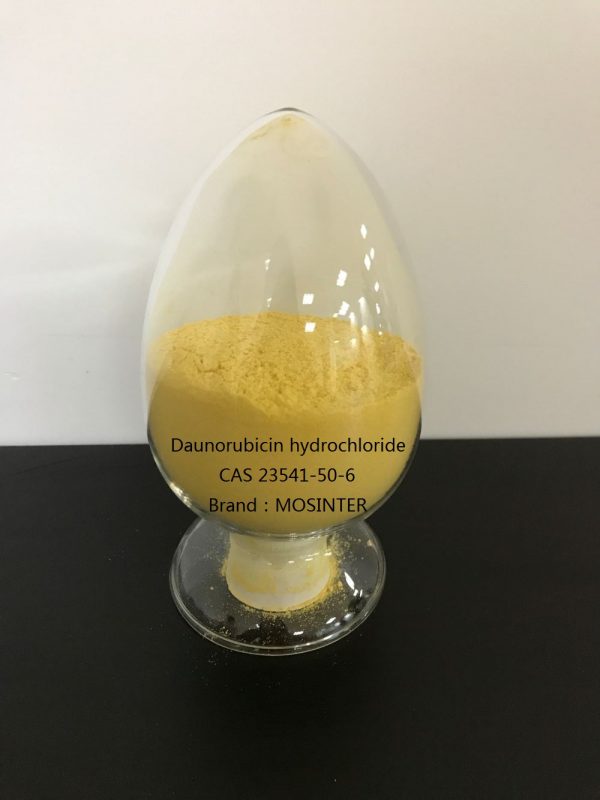
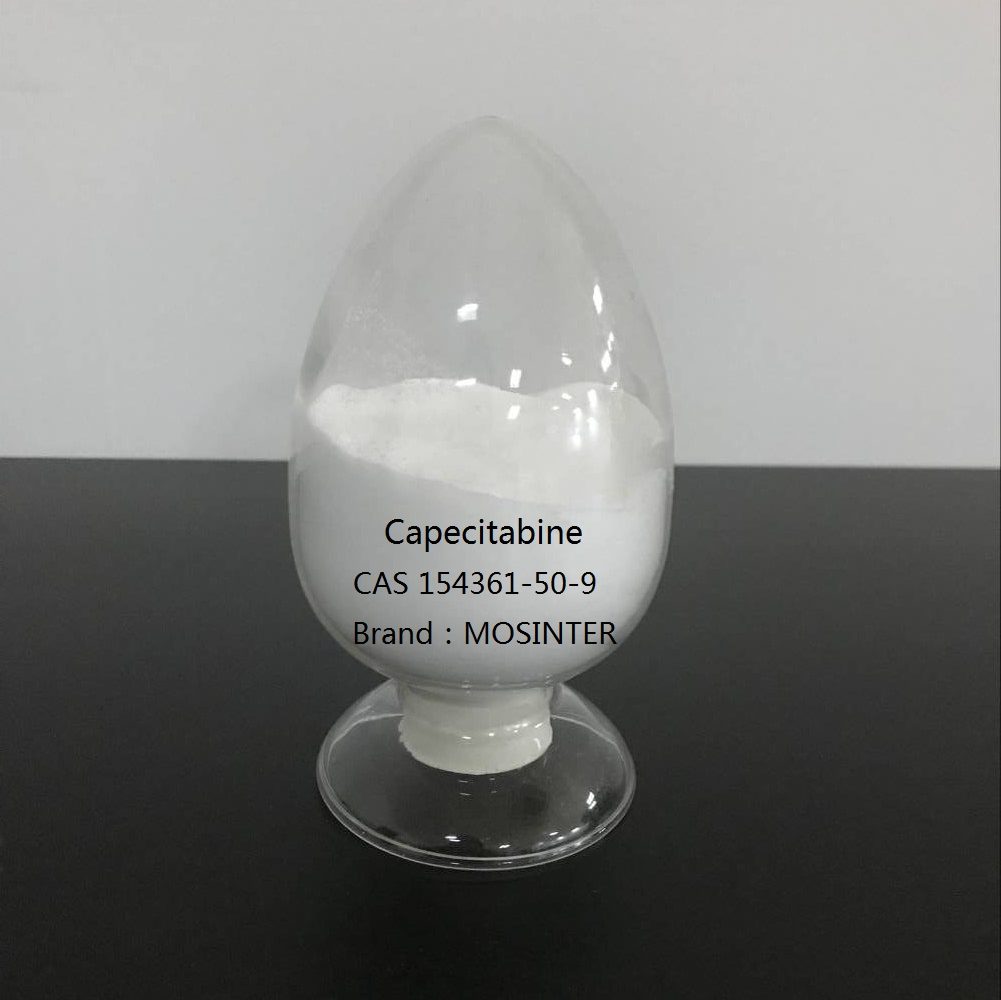
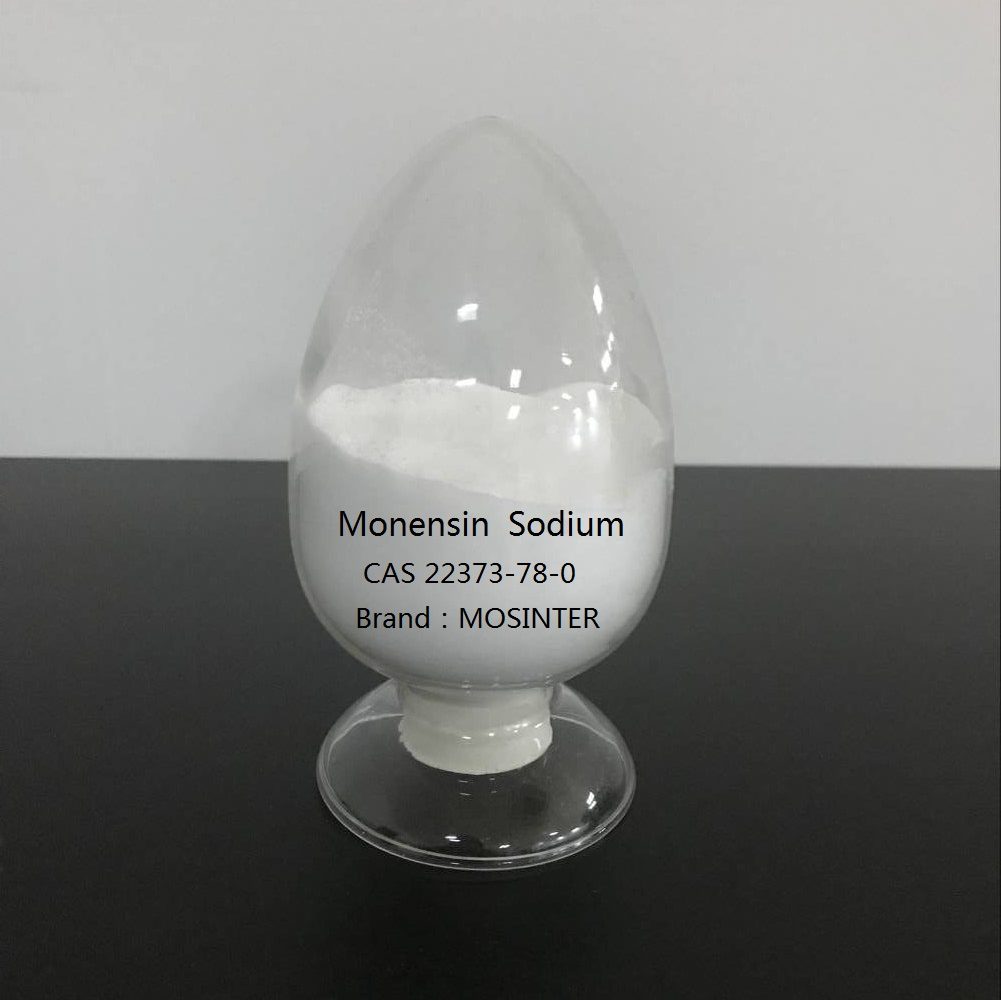
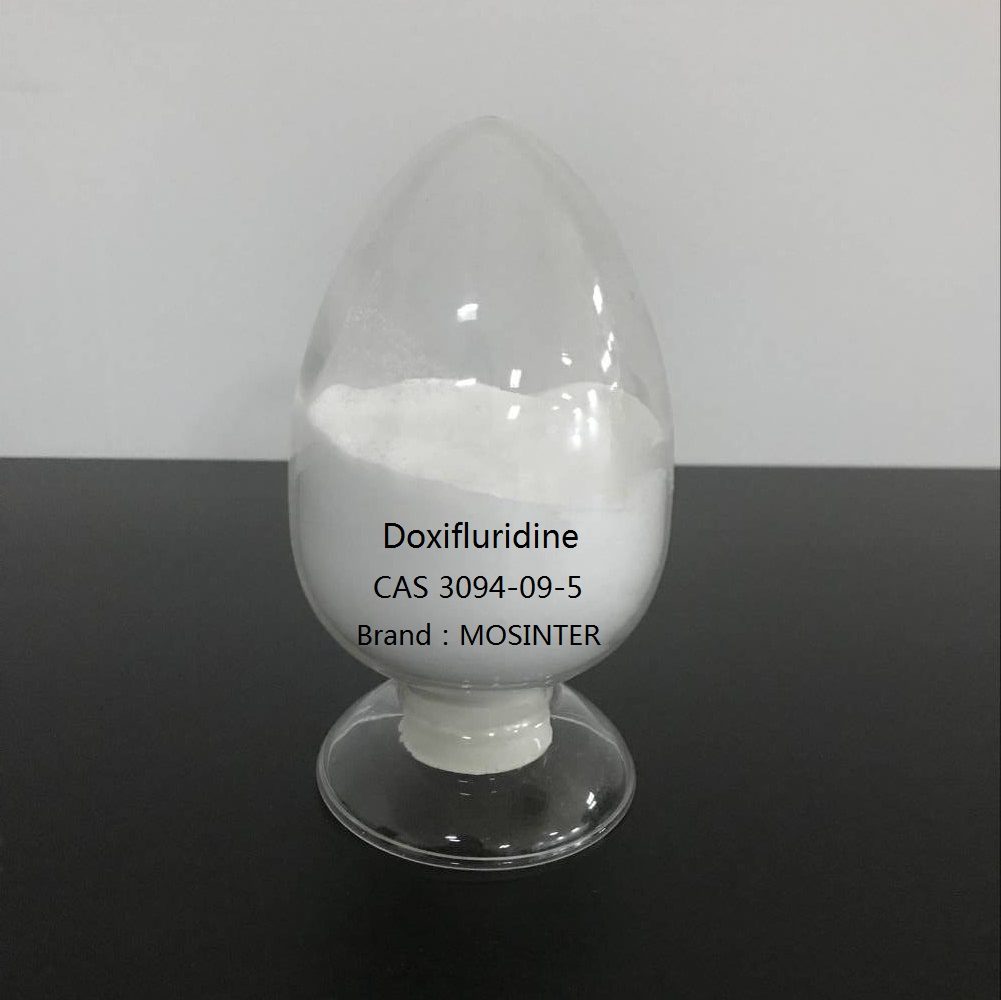
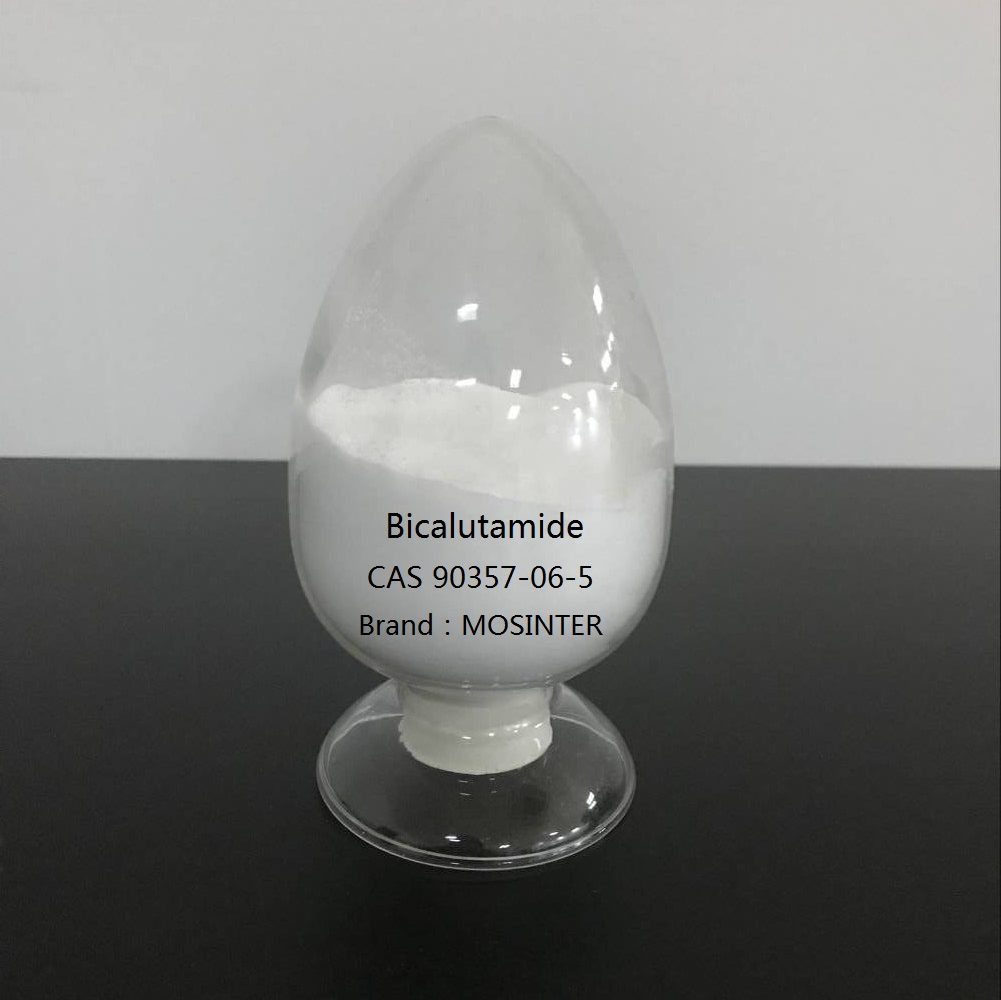
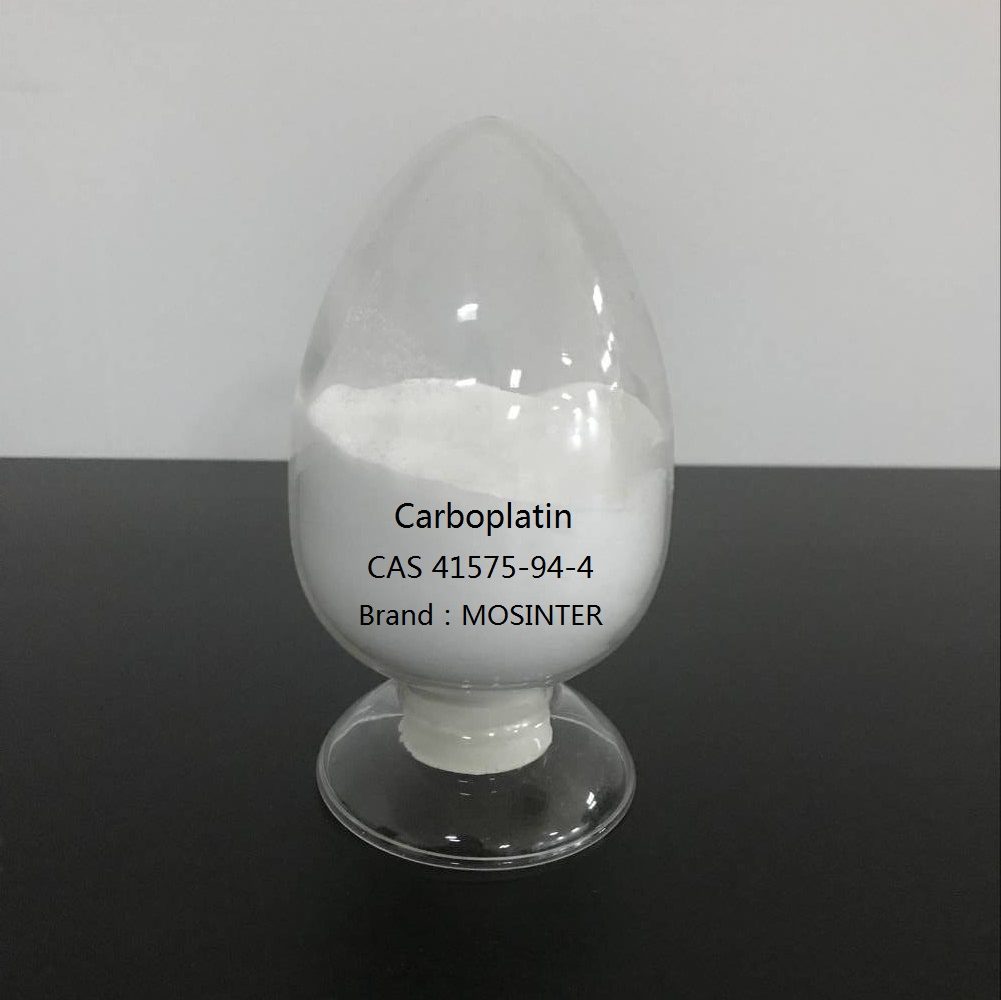
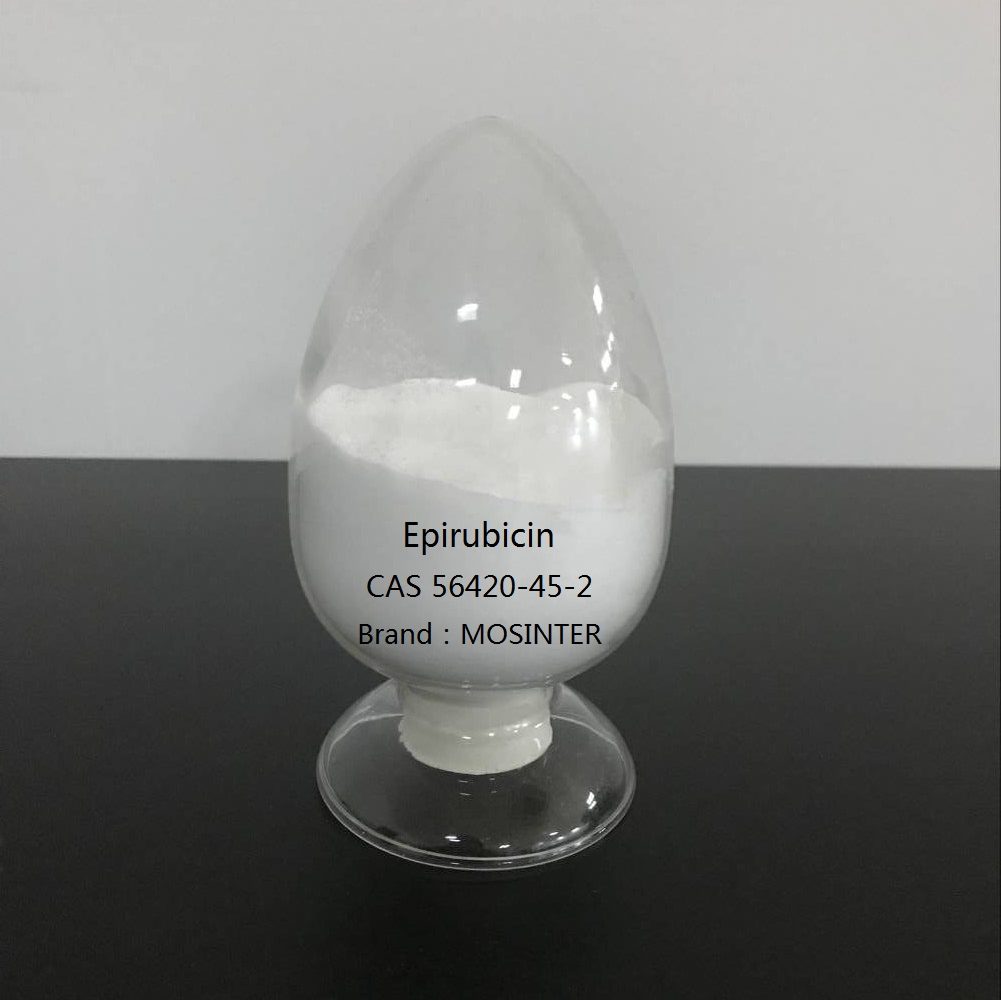
Reviews
There are no reviews yet.